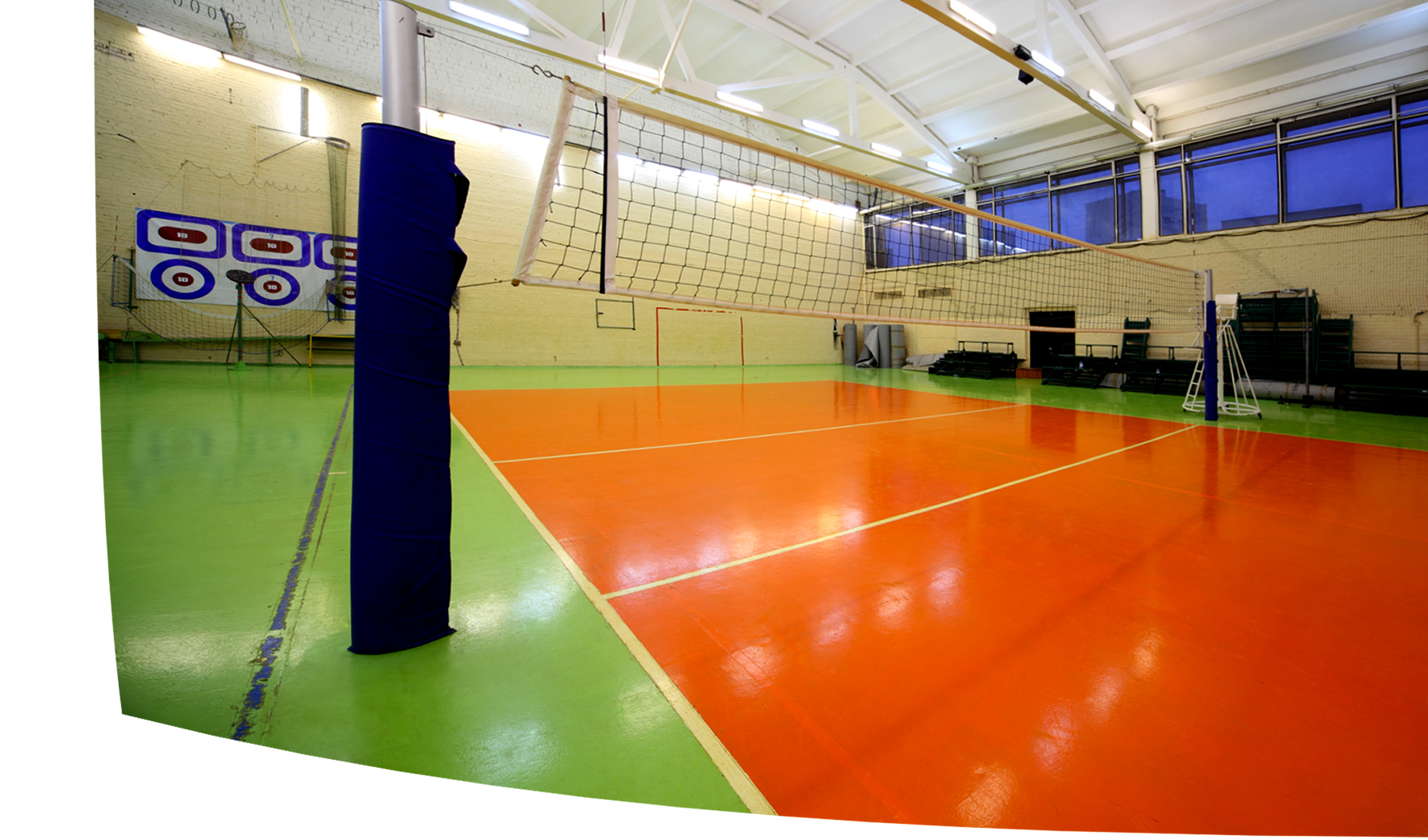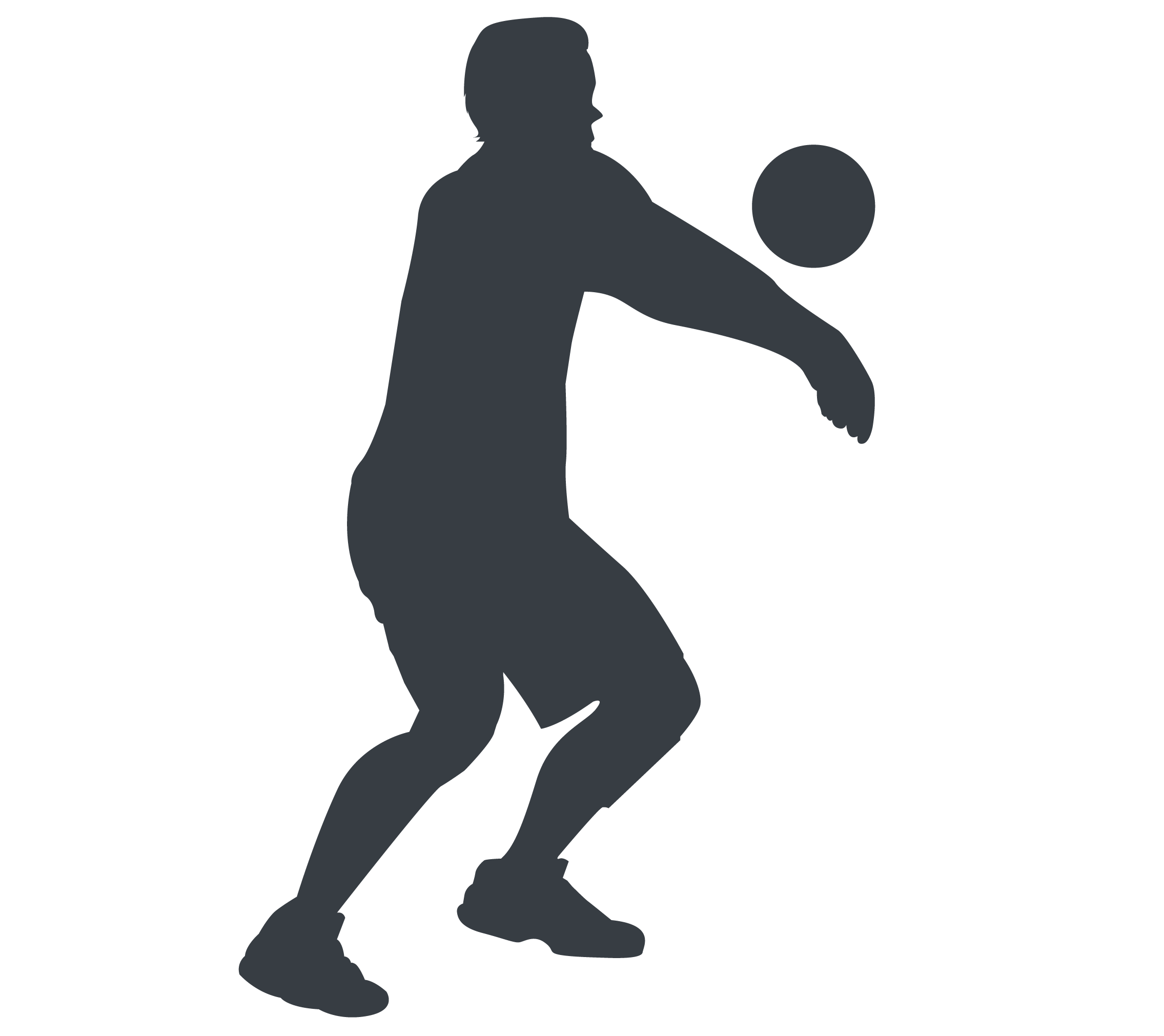Talk to your coaches, teachers, organization, or school about the prevention strategies below and how they might be incorporated into training and policies.
Strength Training and Neuromuscular Training Program
Lower body injuries are common in volleyball. The risk of all lower body injuries may be reduced by up to 50% by regular participation in a balance training exercise program with a resistance training component, such as a neuromuscular training warm-up program. Completing this warm-up program can lower the likelihood of injury.
Sport Injury Prevention Research Centre Neuromuscular Training
Incorporating a neuromuscular training warm-up program like the one below into your training program at least two times per week has been associated with a significant reduction in lower body injuries.
Click here to view poster.
Oslo Sport Trauma Research Centre Neuromuscular Training
Volleyball has a high rate of shoulder injuries. Have your players incorporate shoulder training programs into their warm-ups to increase control, flexibility, and coordination. The Oslo Sport Trauma Research Centre has developed exercises that specifically help reduce the risk of shoulder and knee injuries. This resource includes videos and PDFs for download.
Learn more about exercises to help prevent shoulder injuries.
Learn more about exercises to help prevent knee injuries.
Learn more about exercises to help prevent ankle injuries.
For more exercises, visit http://fittoplay.org/.
Get Set Neuromuscular Training
The Get Set app contains exercises that can be done at home. Created by the Oslo Sports Trauma Center, Norwegian School of Sport Sciences, and Making Waves AS in 2014 for the International Olympic Committee, the app allows you to search by body part to view exercises that work to strengthen each area of the body, or search by sport to view a library of exercises that are specific to volleyball.
Download Get Set for Android.
Download Get Set for iOS.
Managing Concussion
While concussions are not the most common injury in volleyball, it is important to be aware of concussion signs and symptoms and know what to do if concussion is suspected. The Concussion Awareness Training Tool (CATT) is an online resource for participants, parents, coaches and teachers to learn more about how to recognize, prevent, and manage a concussion. CATT also includes resources on how to respond to a potential concussion situation, as well as detailed Return to School and Return to Sport protocol.
Facilities
The Ontario Physical Education Association (OPHEA) provides recommendations for safely implementing volleyball in schools.
Learn more about implementing volleyball in your school.
Sport-related Physicals
Volleyball is a physically demanding sport and some pre-existing conditions may increase the risk of injury. An annual sport-related physical evaluation ensuring fitness to play can help to reduce risk of injury. KidsHealth provides information about what sports physicals are, why they may be appropriate and where you may go to get them.
Learn more about Kids Health Sports Physicals.






